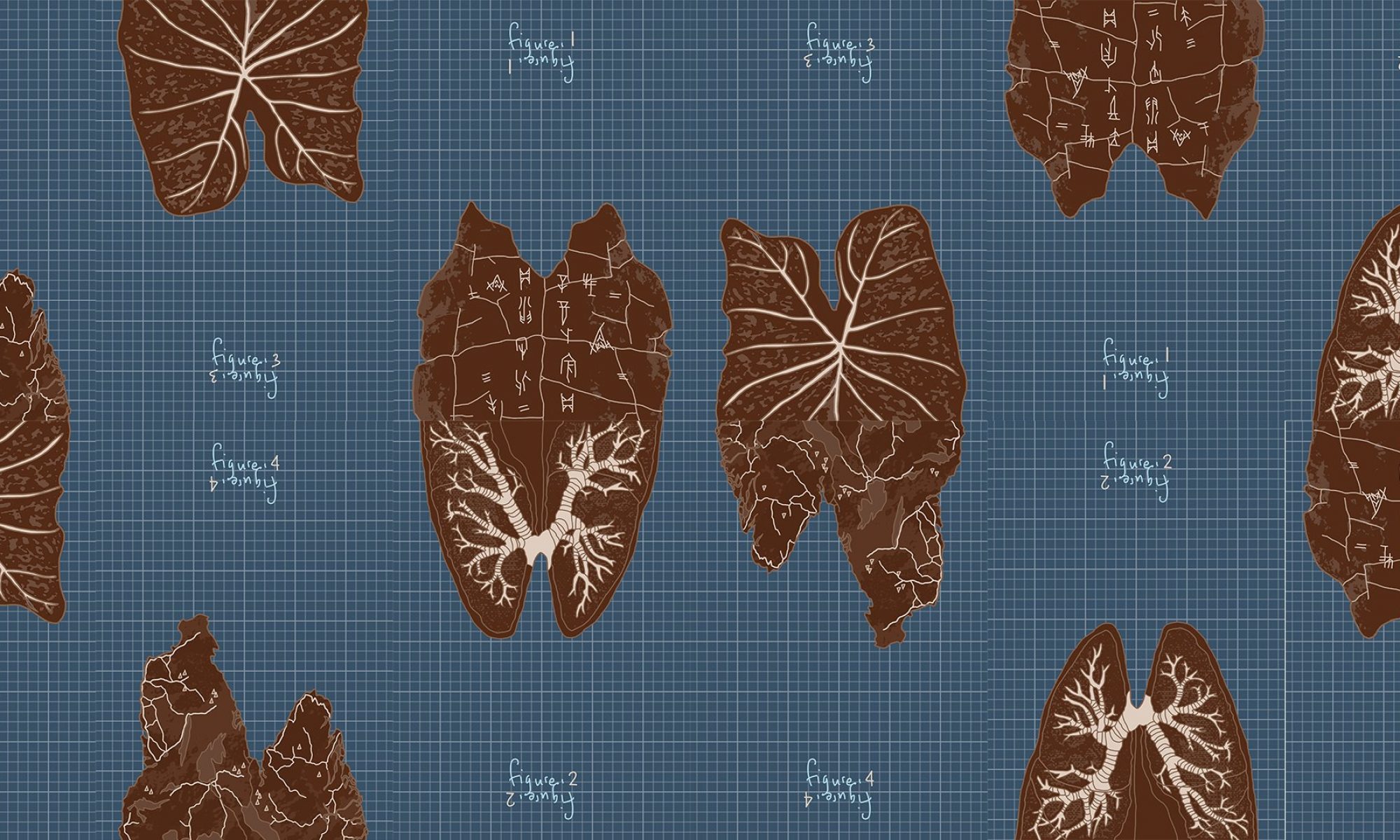IDEATION: Initial stages



final selection: the pat-pat
How does your audience experience your project?
The Pat-Pat is a kit that a user can assemble in their own home and attach to their bed. It would include a blanket connected to a standy figure of a surrogate mother that pats you to sleep. Placing the blanket on their bed and lying on top of it will trigger the fabric sensor embedded inside to activate the surrogate mother to start patting the user on the bum. This is an attempt at recreating the scenario many may remember from childhood: that of their mothers patting them softly as they fall asleep. A lullaby will also start playing at the same time.
Once The Pat-Pat is on, users have the option to customize the speed of the patting via the Blynk app on their phones. A slider allows them to control how fast or slow they want their patting. Once the settings are to their liking, the surrogate mom will pat the user for as long as they are in bed.
Is it for a single person to engage with your project or for multiple participants concurrently?
The Pat-Pat, as an imagined product, is meant to be engaged with by a single user in the privacy of their own bedroom. It should be used as a self-soothing tool to fulfill their private longings for the comfort of their mothers patting them to sleep despite having grown up. The Pat-Pat is also meant to operate through the night as the users sleep, only stopping when they wake up and get out of bed. However, as our audience cannot go through this whole process in the span of a few minutes, our presentation will be engaged with in a slightly different way: we, as creators and salesmen, will be pitching and attempting to sell our product and participants will be invited to test drive The Pat-Pat in a guided demonstration. In this experience, one person may engage with it at a time, but in an environment with many others looking on.
What is the interaction or situation you are creating for your audience?
We are recreating the pat-pat experience of being patted to sleep by mothers, that many of us share as something we experienced as a child. The machine is designed to offer users the (false) hope of reliving those lost nostalgic experiences of comfort—in the present—even as they have aged and outgrown the need (or qualification as a young enough child) for pat-pat, and the dynamics of the relationship between mother and child have changed (often, for the city dweller immersed in the hectic modern lifestyle, it is increased distance—both emotional and physical). Should users not share this memory of having pat-pat in their childhood, the machine offers to meet their desires/ideals of a loving relationship with one’s mother as a child, by letting them experience what it is like.
What is the intention of this interaction?
Our intent is for users to, firstly, be reminded of the pat-pat act of motherly love they used to experience as children, and the emotional and physical proximity involved in the relationships with their mothers then. And secondly, discover upon interacting with our machine, that the pat-pat experience offered cannot adequately, if at all, substitute that of one’s own actual mother herself; that the product delivers neither the comfort nor motherly love promised to customers who are children that have all grown up.
Hence, instead of being a fully genuine attempt to recreate the pat-pat experience, the machine is purposely designed to fall short in some areas as a replacement. Though as creators, we are skeptical that any genuine attempt at all can possibly create a replacement for the experience of pat-pat from one’s actual mother.
Beyond being just insufficient in recreating the same comfort, the experience offered is meant to also feel a little eerie and dark. The interaction puts users in a slightly dark/twisted position where they have assumed that of a grown-up child, who still longs for a mother’s pat-pat, and seeks out a machine product, sincerely hoping it can be a substitute for the real person and act themselves. Should users also find some comfort and similarity in the pat-pat experience offered by our machine and the actual act itself, a further layer of creepiness is added to the experience.
At the bottom line, motivating our project in the first place, it is hoped that users reflect on the present state of their relationships with their mothers, and act accordingly—especially if it is distance they discover.

